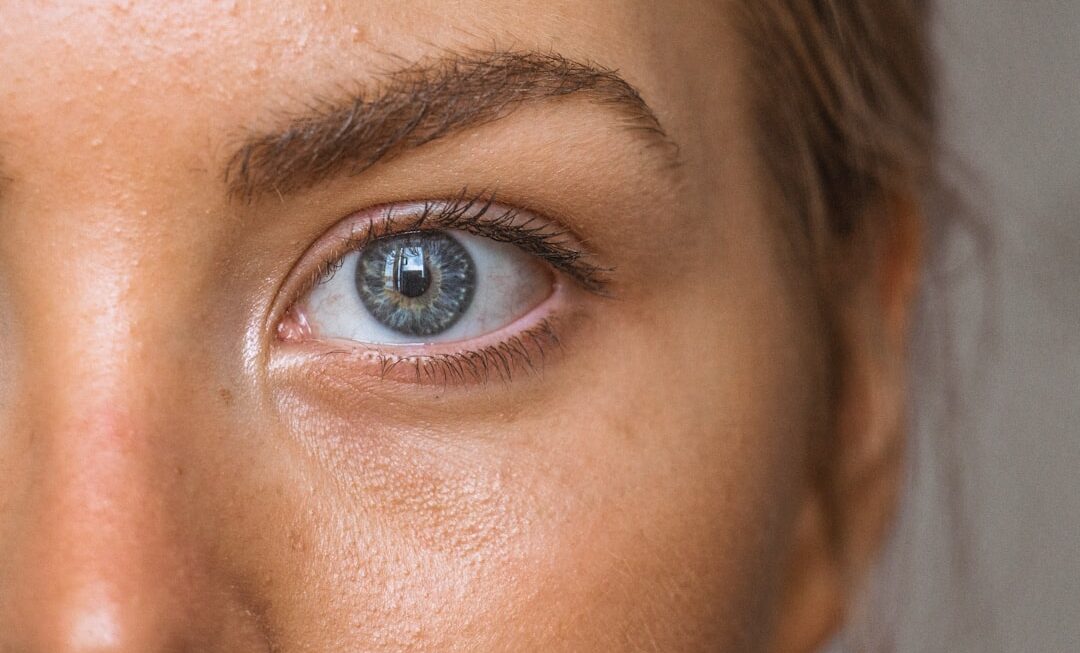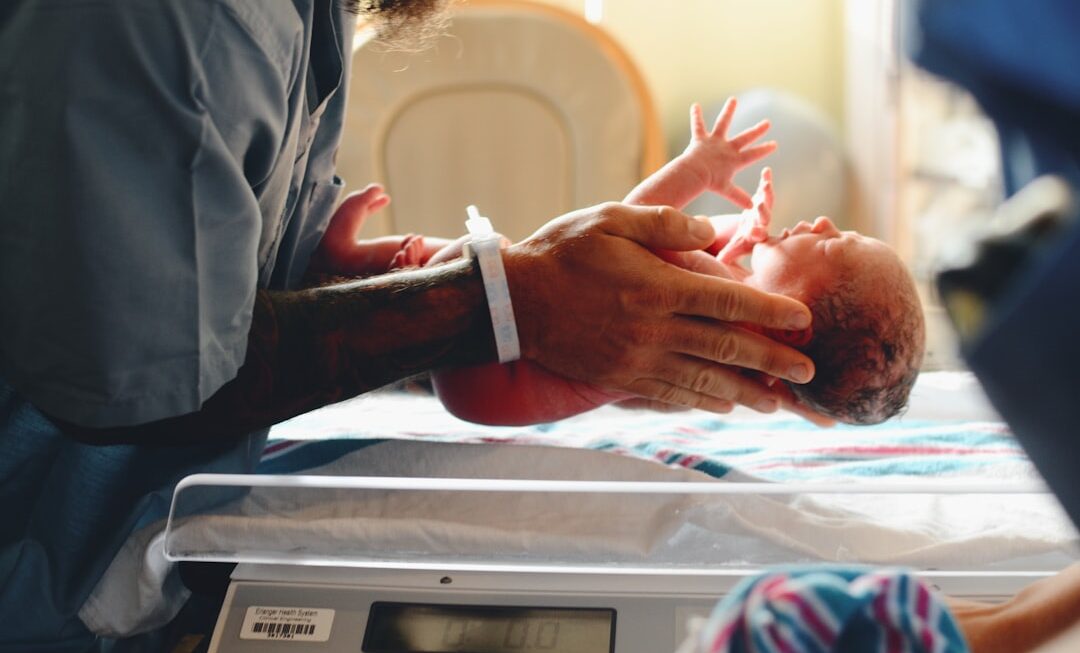Warts and skin tags are common skin conditions that affect millions of people worldwide. Warts are small, rough growths that are caused by the human papillomavirus (HPV). They can appear on any part of the body, but are most commonly found on the hands, feet, and face. Skin tags, on the other hand, are small, soft growths that usually occur in areas where the skin folds, such as the neck, armpits, and groin. While warts are caused by a viral infection, skin tags are believed to be caused by friction between the skin.
Both warts and skin tags are generally harmless and painless, but they can be unsightly and cause discomfort or embarrassment for those who have them. Fortunately, there are various treatment options available to remove warts and skin tags, and in many cases, they can be easily managed at home. In this article, we will explore the causes, symptoms, diagnosis, treatment options, prevention, and management of warts and skin tags, as well as potential complications and when to seek medical attention.
Key Takeaways
- Warts and skin tags are common skin growths that can be bothersome but are generally harmless.
- Causes and risk factors for warts and skin tags include viral infections, genetics, and age.
- Symptoms of warts and skin tags include small, flesh-colored growths on the skin that may be rough or smooth to the touch.
- Diagnosis and treatment options for warts and skin tags may include visual examination, biopsy, cryotherapy, and surgical removal.
- Prevention and management of warts and skin tags involve good hygiene, avoiding skin-to-skin contact with infected individuals, and regular skin checks.
Causes and Risk Factors
Warts are caused by the human papillomavirus (HPV), which is a group of more than 100 related viruses. HPV infects the top layer of the skin, causing it to grow rapidly and form a wart. The virus is contagious and can be spread through direct contact with an infected person or by touching surfaces or objects that have been in contact with an infected person. Certain factors can increase the risk of developing warts, including having a weakened immune system, having cuts or scratches on the skin, and walking barefoot in public places such as swimming pools or locker rooms.
Skin tags, on the other hand, are believed to be caused by friction between the skin. They often occur in areas where the skin rubs against itself or clothing, such as the neck, armpits, and groin. While the exact cause of skin tags is not fully understood, they are more common in people who are overweight or obese, as well as in those with diabetes. Additionally, hormonal changes during pregnancy may also increase the likelihood of developing skin tags.
Symptoms and Appearance
Warts can vary in appearance depending on their location and the type of HPV that caused them. Common types of warts include common warts, which usually appear on the hands and fingers and have a rough, cauliflower-like appearance; plantar warts, which appear on the soles of the feet and can cause pain when walking; flat warts, which are small, smooth growths that often appear in clusters on the face, neck, or hands; and genital warts, which appear on the genitals and are sexually transmitted.
Skin tags are small, soft growths that hang off the skin and are typically flesh-colored. They are often attached to the skin by a thin stalk and can vary in size from a few millimeters to a few centimeters. Skin tags are usually painless and do not cause any symptoms unless they are irritated by clothing or jewelry rubbing against them.
Diagnosis and Treatment Options
“`html
| Diagnosis | Treatment Options |
|---|---|
| Physical examination | Medication, Physical therapy |
| Blood tests | Surgery, Radiation therapy |
| Imaging tests (X-ray, MRI, CT scan) | Chemotherapy, Immunotherapy |
“`
Warts and skin tags are usually diagnosed based on their appearance. In some cases, a healthcare provider may perform a biopsy to confirm the diagnosis. There are several treatment options available for removing warts and skin tags. For warts, over-the-counter treatments such as salicylic acid or cryotherapy (freezing) may be effective in removing the wart. In some cases, prescription medications or surgical removal may be necessary.
Skin tags can be removed through various methods, including cryotherapy, surgical excision, or ligation (tying off the base of the tag to cut off its blood supply). While some people may choose to remove warts and skin tags at home using over-the-counter treatments or home remedies, it is important to consult with a healthcare provider before attempting to remove them on your own.
Prevention and Management
Preventing warts and skin tags can be challenging since they are often caused by viral infections or friction between the skin. However, there are some steps that can be taken to reduce the risk of developing these skin growths. To prevent warts, it is important to avoid direct contact with warts on other people or surfaces. Additionally, keeping the skin clean and dry, avoiding walking barefoot in public places, and not picking at or scratching warts can help reduce the risk of spreading the virus.
To prevent skin tags, it is important to maintain a healthy weight and avoid wearing tight clothing that can cause friction on the skin. Keeping the skin dry and clean can also help reduce the risk of developing skin tags. While it may not be possible to completely prevent warts and skin tags, practicing good hygiene and taking care of your skin can help minimize the risk of developing these common skin growths.
Complications and When to Seek Medical Attention

In most cases, warts and skin tags are harmless and do not cause any complications. However, there are some instances where medical attention may be necessary. For example, if a wart causes pain or discomfort, changes in appearance, or spreads to other parts of the body, it is important to seek medical attention. Additionally, genital warts should always be evaluated by a healthcare provider to rule out any underlying sexually transmitted infections.
While skin tags are generally harmless, they can become irritated if they rub against clothing or jewelry. In some cases, they may bleed or become infected if they are repeatedly irritated. If a skin tag becomes painful or starts to bleed, it is important to seek medical attention to have it evaluated and possibly removed.
Conclusion and Key Takeaways
In conclusion, warts and skin tags are common skin conditions that can affect anyone regardless of age or gender. While they are generally harmless, they can cause discomfort or embarrassment for those who have them. Fortunately, there are various treatment options available for removing warts and skin tags, and in many cases, they can be easily managed at home.
To prevent warts and skin tags, it is important to practice good hygiene and take care of your skin. Additionally, seeking medical attention if a wart causes pain or discomfort or if a skin tag becomes irritated is important to ensure proper evaluation and treatment. By understanding the causes, symptoms, diagnosis, treatment options, prevention, and management of warts and skin tags, individuals can take proactive steps to maintain healthy skin and minimize the risk of developing these common skin growths.
If you’re interested in learning more about the differences between warts and skin tags, you should check out this informative article on Optimal Life Essence. This article provides a detailed comparison of the two skin conditions, including their causes, symptoms, and treatment options. It’s a great resource for anyone looking to better understand these common skin growths.
FAQs
What is a wart?
A wart is a small, rough growth on the skin that is caused by a viral infection, specifically the human papillomavirus (HPV). Warts can appear on any part of the body and are contagious.
What is a skin tag?
A skin tag is a small, soft, benign growth that hangs off the skin. They are made up of blood vessels and collagen and are typically found in areas where the skin rubs against itself, such as the neck, armpits, and groin.
How can you differentiate between a wart and a skin tag?
Warts are typically rough and may have black dots in the center, while skin tags are soft and smooth. Warts can also be painful or itchy, while skin tags are usually painless.
How are warts and skin tags treated?
Warts can be treated with over-the-counter medications, cryotherapy, or in some cases, surgical removal. Skin tags can be removed through cryotherapy, surgical excision, or ligation.
Are warts and skin tags contagious?
Warts are contagious and can be spread through direct contact with the virus. Skin tags are not contagious and are not caused by a virus.
When should I see a doctor about a wart or skin tag?
If you are unsure whether a growth is a wart or a skin tag, or if it is causing you pain or discomfort, it is best to consult a doctor for proper diagnosis and treatment.



